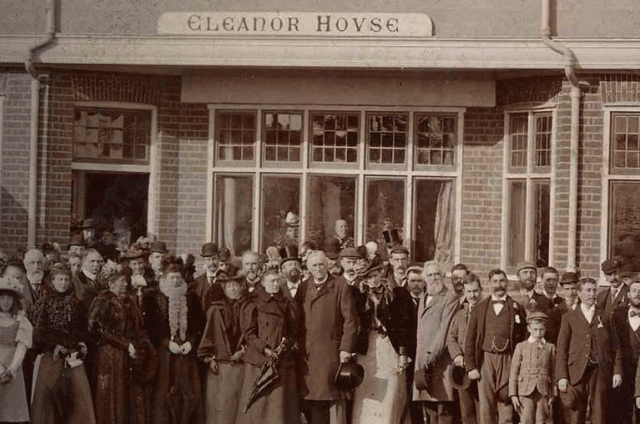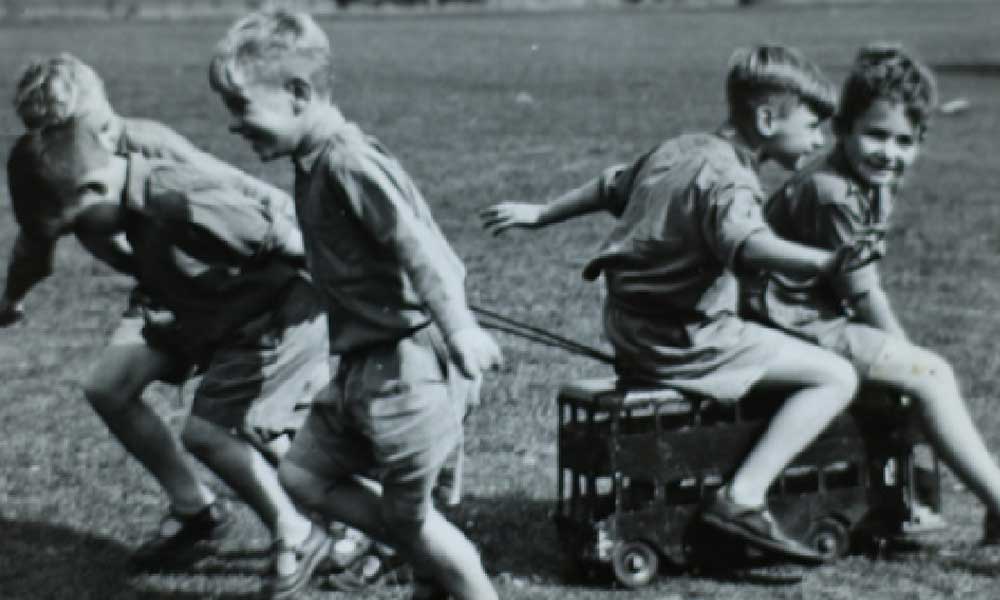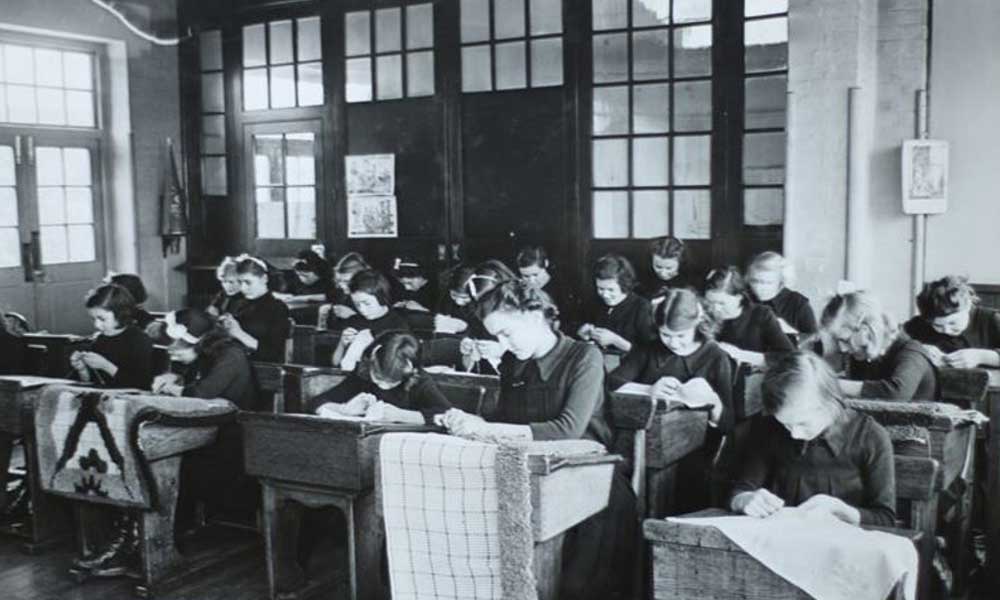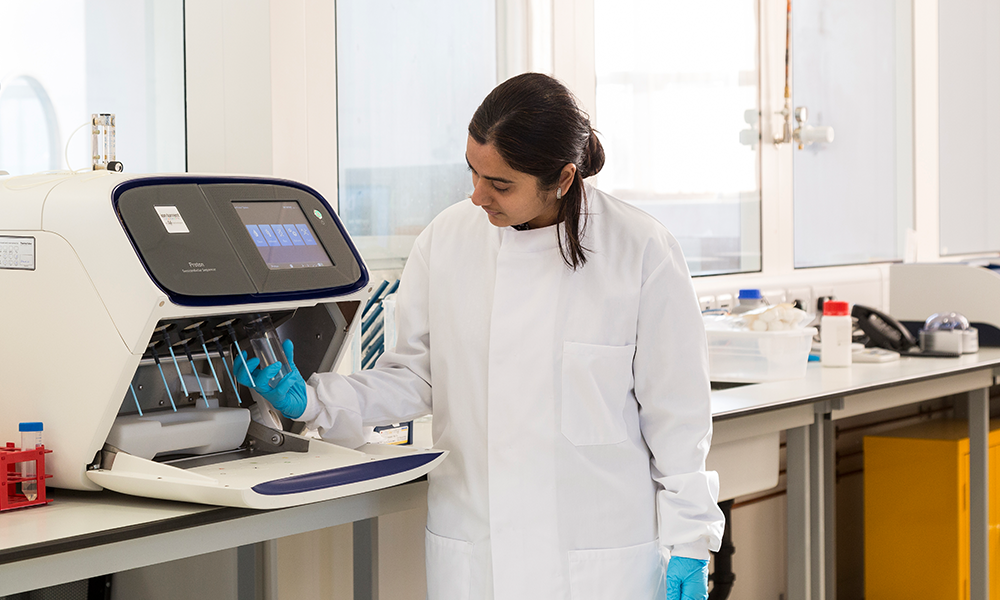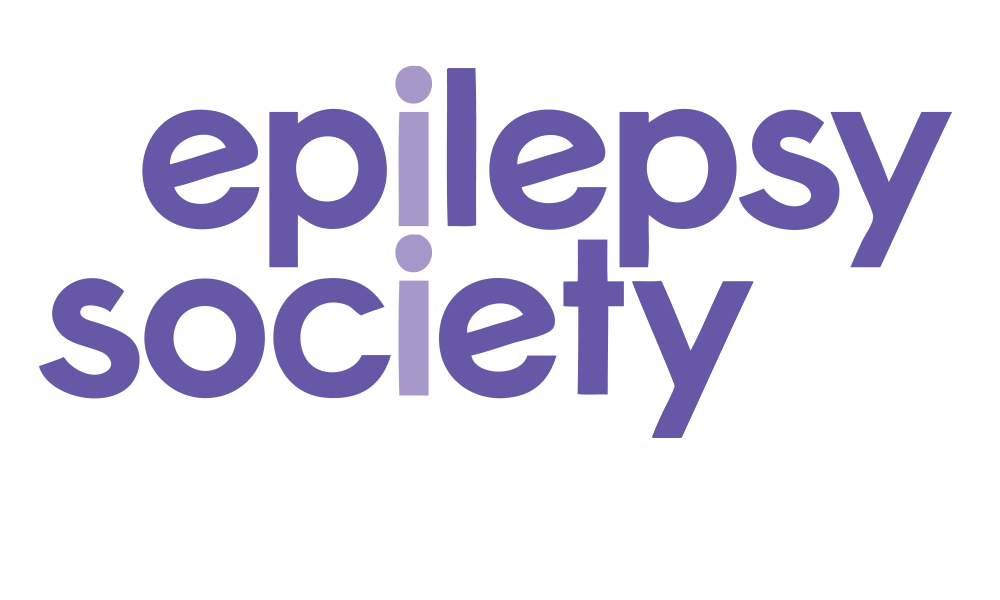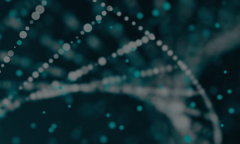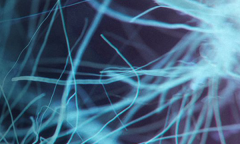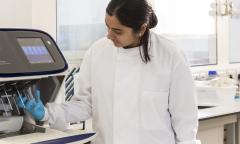Late 1800s
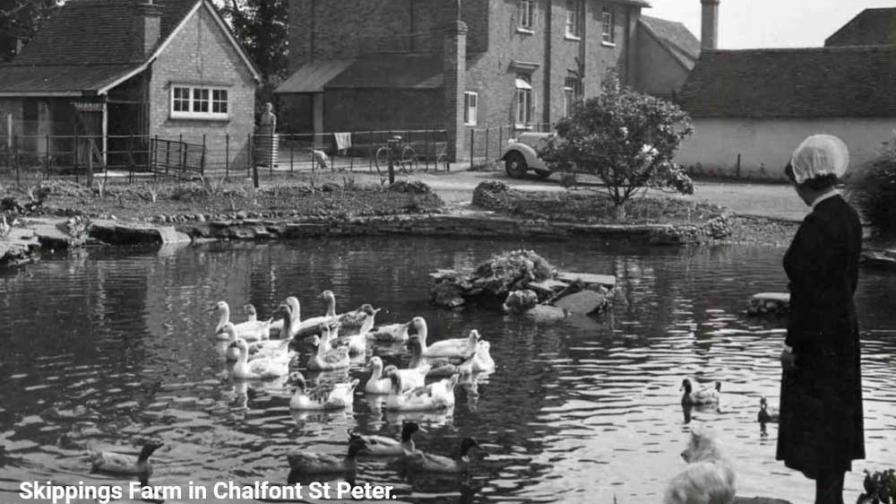
At the end of the 19th century, epilepsy was largely misunderstood and stigmatised. Employment prospects for people with the condition were virtually non-existent. Many ended up in the workhouses or asylums of Victorian England.
It was against this hostile environment that a pioneering group of neurologists took the revolutionary step to found a ‘colony’ for people with epilepsy where they could work. Once sufficient money had been raised, the Society bought Skippings Farm near Chalfont St Peter. The first home was a temporary iron building and water was supplied through a horse driven pump. In 1894 the first patients (or colonists, as they were called) were admitted; they were all men and were charged 10 shillings a week, although financial help was provided from an annuity fund for those who couldn't afford the full amount. The original staff consisted of a lady superintendent, a bailiff, a male attendant, a nurse and a female servant.
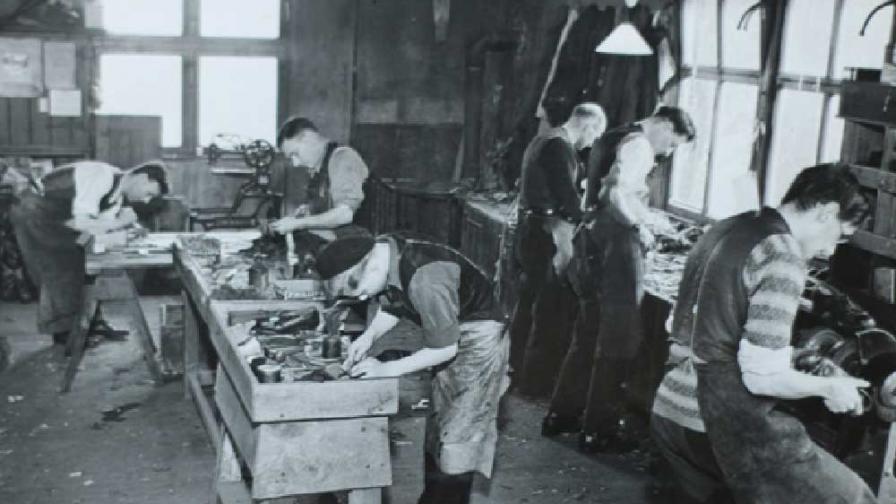
The 'colonists'
Only people considered to be of 'reasonable behaviour and mental ability' were admitted to the colony. They worked six days a week on the land or did domestic work in the home. Later on the men undertook other work such as carpentry, plumbing, painting and bricklaying. It was believed that the fresh air and hard work was beneficial to the patients' health and well-being - perhaps more so than drugs and doctors. However the men were visited regularly by medical staff from the National Hospital for the Paralysed and Epileptic in London, some of whom had been responsible for the founding of the NSEE. At this time, the headquarters of the Society were in London and the colony was planned and run from there.
The Chalfont ‘colony’ was based on the theory that an outdoor life and intellectual and physical activities were “a very great help in the restoration of nervous equilibrium, and in the occasional cure of the disease.” (Sir William Broadbent)
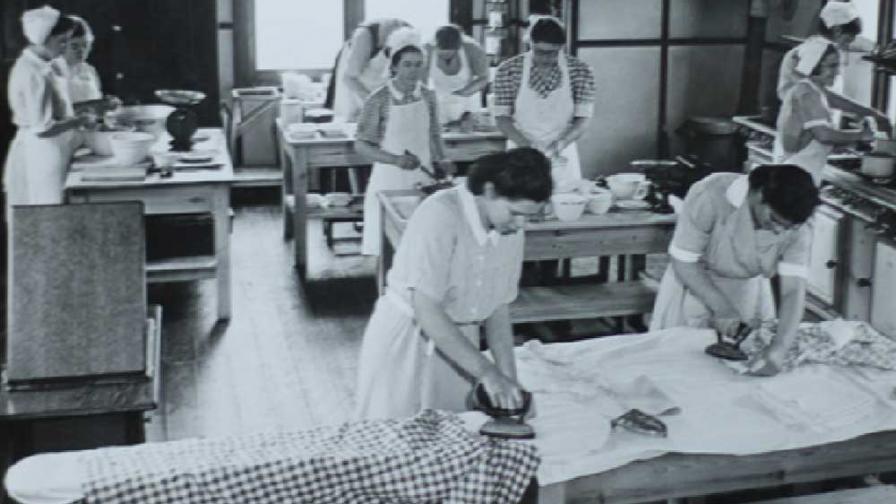
Chalfont Colony - The women's side
A home for women was set up some years later. These women spent the first part of each week washing hundreds of items; then from Wednesday to Saturday they did the ironing. In later years they would also help with fruit picking and haymaking in the summer.
The Chalfont ‘colony’ was based on the theory that an outdoor life and intellectual and physical activities were “a very great help in the restoration of nervous equilibrium, and in the occasional cure of the disease.” (Sir William Broadbent)
Early 1900s
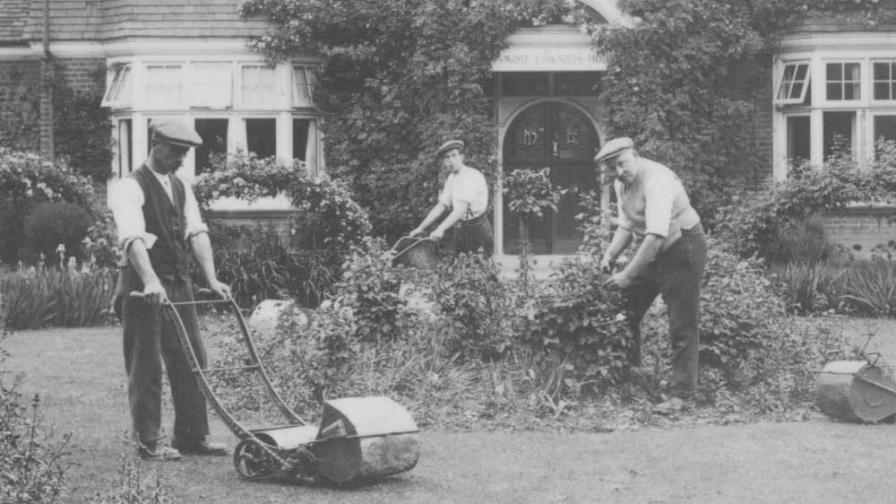
By 1900 there were seven permanent homes accommodating 90 men and over 40 women. Men and women were strictly segregated, with a 'neutral zone' between their respective quarters. Colony residents were not allowed to marry.
From 1909, children were admitted to the colony, after two homes and a school had been built, funded by the local school authority. In addition to their school lessons, they also did manual work for 12 hours a week. Scouts and guides were set up, and the children had many treats and outings. In the 40s, a dozen or so blind children with epilepsy were also admitted, an initiative negotiated with the National Institute for the Blind. However, this only lasted a few years.
Over the years, the numbers of residents rose, reaching a peak of 575 in 1942 - this included around 100 children. Due to falling numbers, the school was closed in 1957 and the remaining children were transferred to Lingfield, to what is now Young Epilepsy (formerly the National Centre for Young People with Epilepsy).
Mid 1900s
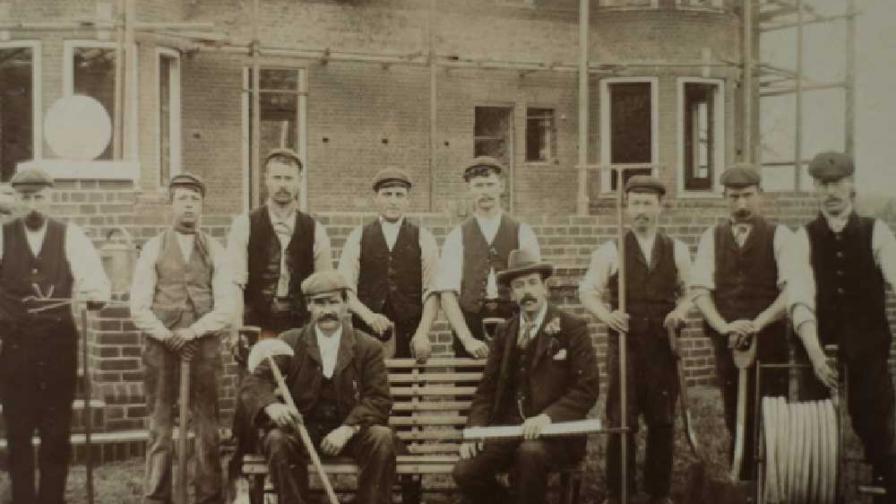
The Second World War saw 13 bombs drop on Epilepsy Society’s land. Men at the ‘colony’ manufactured concrete blocks and women made magnetos for aircraft. The centre became a refuge for evacuees with epilepsy.
Post-war, numbers living at the centre peaked at around 580 men, women and children. And although the centre was not taken under the wing of the new National Health Service, it continued to blaze a trail with cutting-edge medical facilities including a surgery complete with an x-ray machine. By the 1950s, new seizure drugs became available and the diagnosis of epilepsy improved thanks to our first electroencephalogram (EEG).
Residents at Epilepsy Society had to deal with rationing and regular call ups for World War Two.
Late 1900s
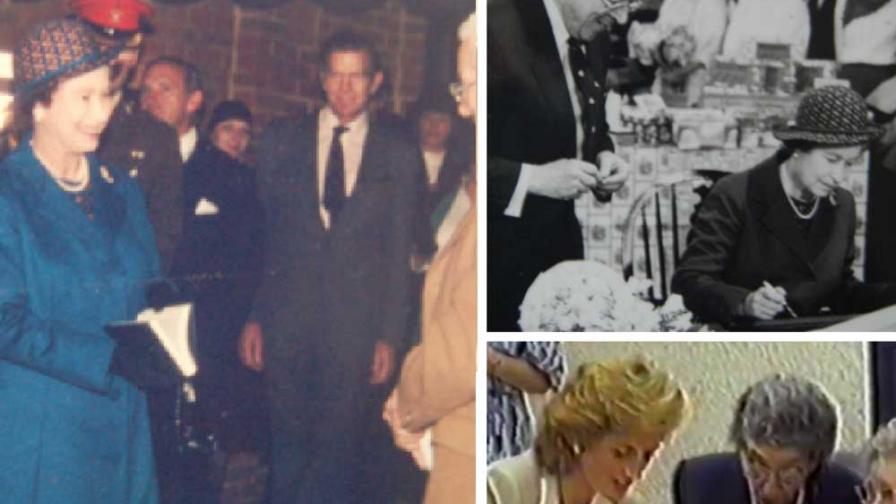
In 1965, due to the high demand on the visiting doctors and the matron, the first resident doctors were appointed, with responsibility for assessment, treatment and rehabilitation. This was also a time of great advances in the treatment of epilepsy, and at the colony medical care of the residents improved.
From the late 60s, patients began to be admitted to Chalfont for short-term care. A therapeutic work centre for residents was set up and the homes were modernised. In addition, as part of the rehabilitation programme, a warden-supervised hostel with bedsits was opened in Lakeman House.
One of the most significant developments of the time was the setting up of the National Hospital - Chalfont Special Centre in 1972, in the wake of the Reid report into people with epilepsy. This provided a hospital and residential component to give social and medical assessment and rehabilitation.
We’ve received multiple visits from the Royal Family (pictured right) over the years, including our patron, Her Majesty Queen Elizabeth II and Diana, Princess of Wales.
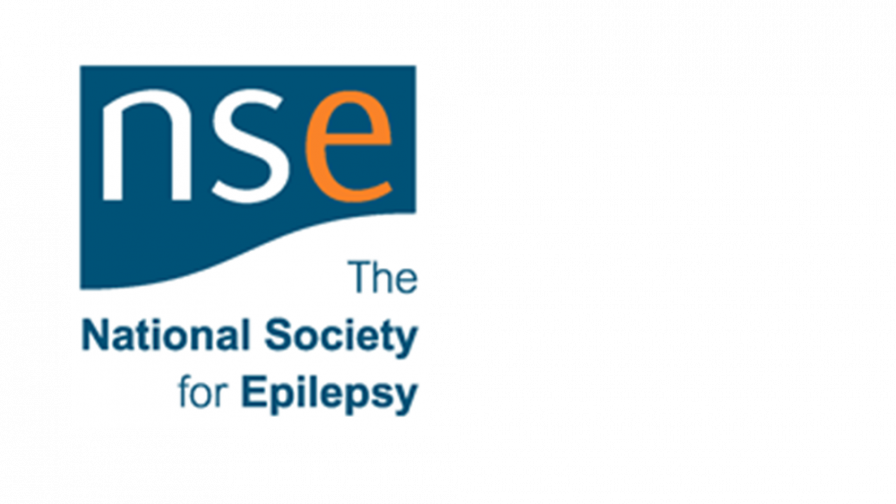
A new name – The National Society for Epilepsy (NSE)
Around this time, the Society acquired a new name. At the beginning of the century the name had already been changed to The National Society for Epileptics, and now it was changed again, this time to The National Society for Epilepsy, as it was felt that use of the word 'epileptic' perpetuated stigma against people with epilepsy.
Advances in epilepsy research
In the 70s, there was a significant increase in the amount of epilepsy research being carried out at NSE by the resident physicians, particularly research into anti-epileptic drugs. This was seen as appropriate given NSE's first hand experience of epilepsy management.
By the 80s, the Society's medical and scientific staff had gained an international reputation in the field of epilepsy, and a further development was the establishment of outpatient clinics. The Society had always aimed to promote the welfare of people with epilepsy generally, and this now became part of NSE’s work. A health education and information service was set up, providing literature and videos, including information packages for professional groups.
The new millenium
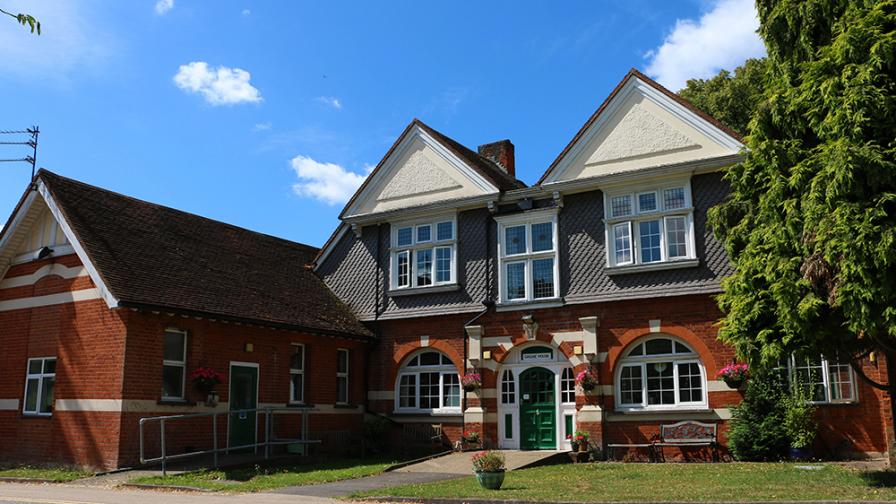
The noughties saw many changes. NSE’s world leading research and medical services went from strength to strength. Our residential care focused on those with severe epilepsy and associated learning or physical disabilities.
And our range of expert support services empowered more and more people to live independently. Epilepsy information services grew, including a country-wide support and information service in NHS hospital clinics. The epilepsy helpline developed, and information and support became available in a number of different languages. NSE’s range of information resources grew, embracing opportunities offered by new media.
On 1 January 2011, we took on our new working name, Epilepsy Society. By shortening and simplifying our name, we hope to reach out to more people affected by epilepsy and, together, help fulfil our vision of ‘a full life for everyone affected by epilepsy’. We changed the way we look from NSE orange to Epilepsy Society purple – chosen, of course, because purple is the international colour for epilepsy.
Today and the future
Our vision is to be at the forefront of research and medicine, ensuring future generations are free from the life changing effects of epilepsy.
Neuropathology
The Epilepsy Society Brain and Tissue Bank is the first of its kind in the UK. It is dedicated to the study of epilepsy through brain and other tissue samples.
Genomics
Read how we are working to understand the genetic architecture of each individual person's epilepsy through our world leading genomics research programme.
Neuroimaging
Neuroimaging enables us to look deep inside the brain to learn more about the impact of seizures on its structure and function.
Our research
Our researchers
Meet the team at Epilepsy Society leading the way in global research. Our team are passionate about translating research findings to improve the lives of people with epilepsy.
Walk around our laboratory
Take part in our immersive 360-degree experience which takes you on the journey of a genome through our wet laboratory. Our research team will explain what happens to a patient's genome at every stage through video and interactive elements.
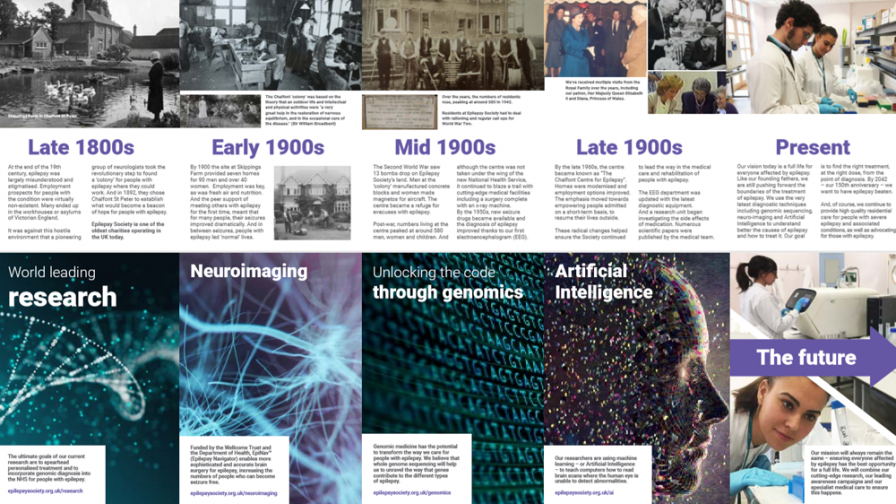
Download our timeline
You can now download our printable Epilepsy Society timeline.

